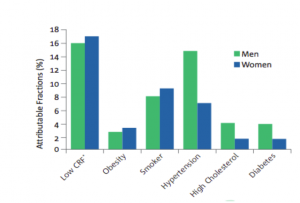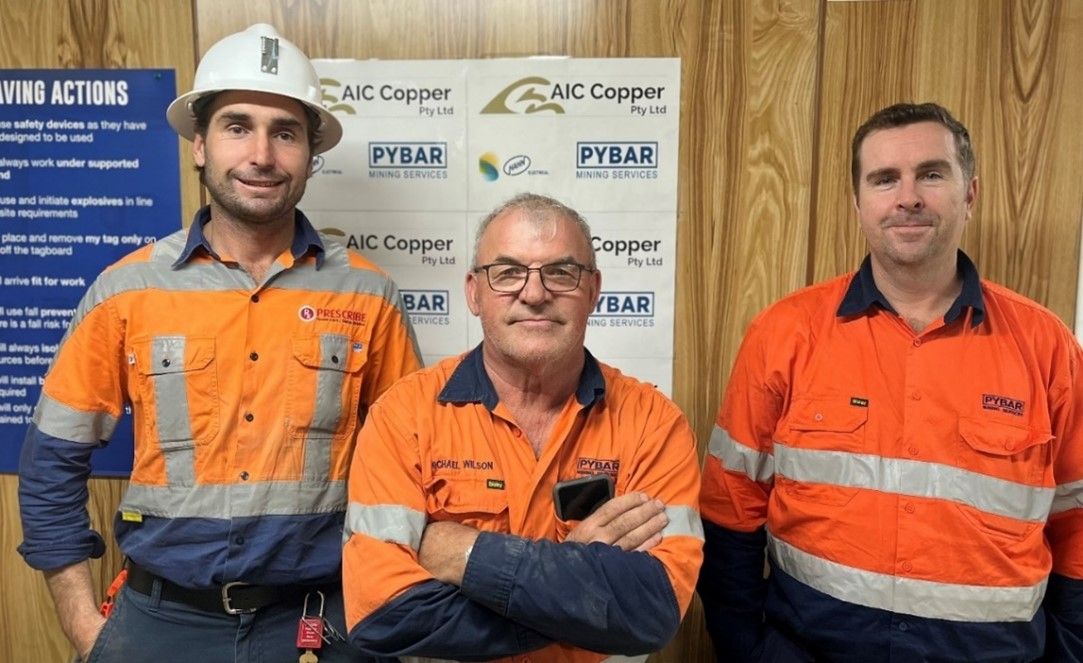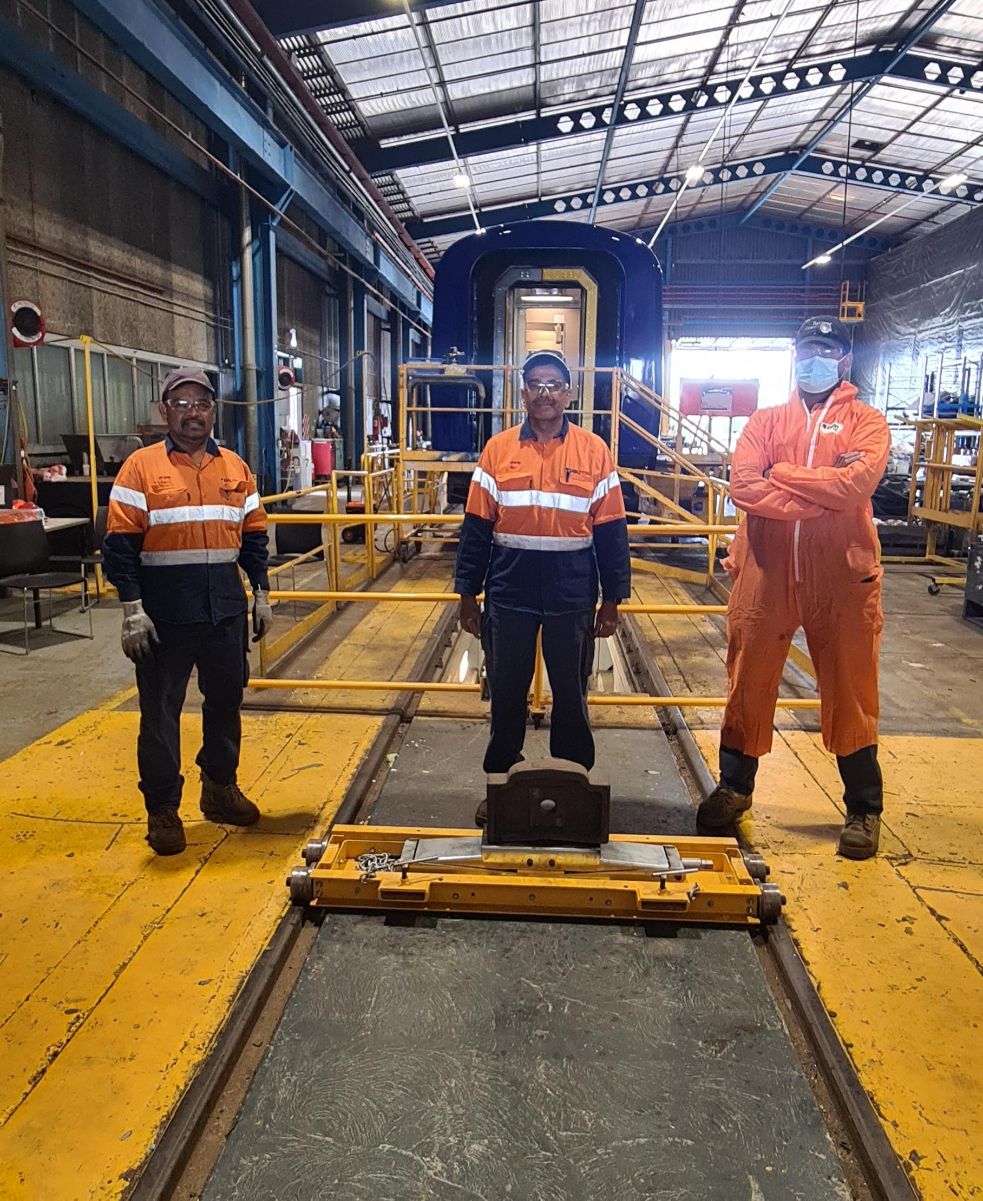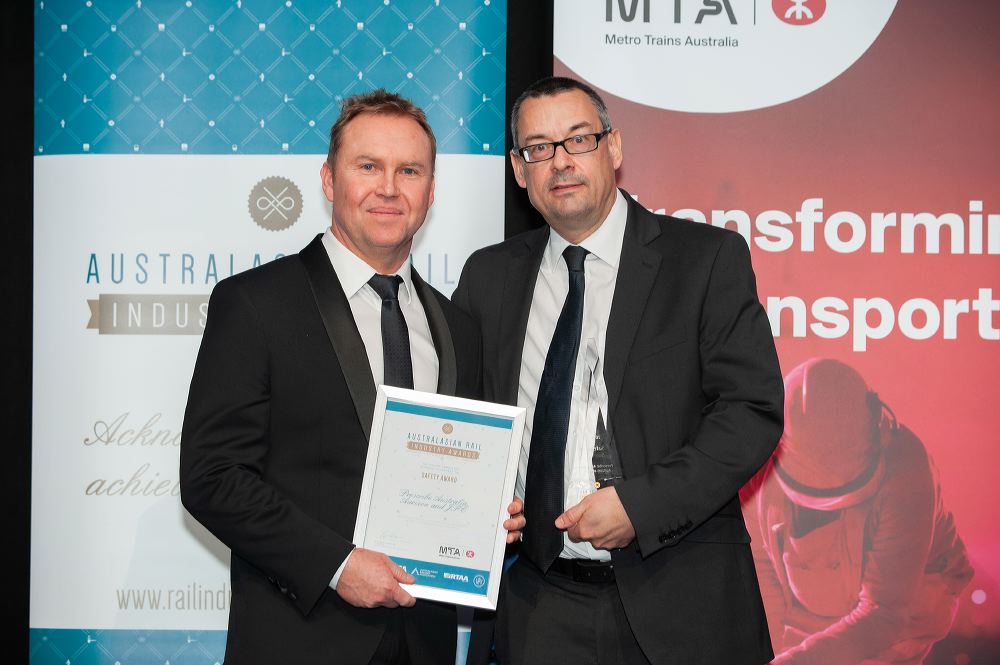The Manual Handling Specialists

Resources
Why promote a healthy workplace?
December 2, 2016
Many employers are implementing initiatives to address and manage health and productivity issues – not just from the point of view of improving profitability or business performance; not just to embrace their social responsibilities and ‘duty of care’ to staff; but also in recognition of the real ongoing value which flows from creating a workplace culture where people are healthier, happier and enjoy a better work-life balance.
Here are a few of the big issues facing a modern day society. Flexible working arrangements, being constantly connected and technology creating more sedentary workplaces leaves us currently exposed to prolonged sitting and physical activity. So a good place to start is to try and impact on these two major issues as they are leaving us all at risk of poor health.
What are the the business advantages of a healthy workplace?
The business advantages of having fitter, healthier and happier employees on the payroll are many and varied, including:
- Increased productivity;
- Better staff decision making;
- Reduced sick leave and absenteeism;
- Reduced long-term health problems;
- Reduced worker turnover;
- Increased ability to attract and retain new employees;
- Increased return on training and development investment;
- Improved corporate citizenship and image;
- Improved industrial relations;
- Reduced risk of accidents and health-related litigation; and
- Fewer worker compensation claims.
The direct benefits to your employees include:
- Increased morale, job satisfaction and motivation;
- Improved mental alertness, concentration and energy levels;
- Decreased stress and other work-related illness; and
- Improved prevention of chronic diseases.
What are the issues?
Physical Inactivity
Physical activity levels are recognised as a major risk factor for chronic disease and ill-health in Australia, however increasing evidence suggests that health authorities should also consider the sedentary (sitting) habits of individuals when assessing their health risks. Physical inactivity is one of the biggest global public health problems of the 21st century – with low cardiorespiratory fitness (cRF) accounting for significantly more deaths than other risk factors (see graph below).

Physical inactivity is the second highest lifestyle – related cause of disease and illness in Australia, only behind smoking. Inactivity doubles the risk of heart disease, type 2 diabetes and obesity, and increases the risk of stroke, various cancers, depression, anxiety and falls as well as contributing to over 13,000 premature deaths annually in Australia.
Although physical activity is an essential component of weight management, it is very beneficial to an individual’s health – independent of weight loss. Structured physical activity is highly effective in preventing and/or treating most of the major diseases of modern society including diabetes, heart disease, depression and cancer. Yet despite this evidence, almost 70% of Australian adults are not active enough to achieve the preventive health benefits.
The workplace is recognised as a priority setting for health promotion by the world Health organization and the Australian government.
Sixty-five per cent of the Australian population aged over 15 years are in the labour force, with 68.5% of the workforce classified as sedentary or engaging in low-level activity. Related to this, the cost of absenteeism in Australia is estimated at $7 billion each year. Recent research has shown that workplace health programs resulted in, on average, a 25.3% decrease in sick leave absenteeism, 40.7% decrease in workers compensation costs, 24.2% decrease in disability management costs and $5.81 of savings for every $1 invested in employee wellbeing.
Presenteeism
Presenteeism is the loss of productivity that occurs when employees come to work but are not fully functioning because of illness or injury. More work performance is lost from presenteeism than from absenteeism, with the cost of presenteeism estimated at almost $26 billion per year (more than four times the cost of absenteeism). The largest contributors to presenteeism are:
- depression
- allergies
- hypertension
- type 2 diabetes
Physical activity is a proven treatment for three of the four major contributors to presenteeism and can therefore
play a major role in improving productivity within the Australian workforce.
Prolonged sitting
While posture at work is recognised as a potential occupational hazard, research now links prolonged sitting with premature mortality, heart disease and diabetes. The potential adverse health risk of sedentary time needs to be considered separately to the lack of physical activity outside work hours. This follows recent evidence that (as a population health risk) reducing total time spent sitting may be at least as important as increasing participation in physical activity.
In fact, 30 minutes of physical activity is as protective an exposure as 10 hours of sitting time is a harmful one. For instance, an employee may meet the minimum recommendations for physical activity by doing regular structured physical activity (such as a brisk walk or cycling for at least 30 minutes at 5 sessions per week) but typically sit for prolonged periods of the day – still placing the individual at risk. The evidence is sufficiently strong that: adults who sit less throughout the day have a lower risk of death – particularly from cardiovascular disease and regardless of total sitting time, regular interruptions from sitting (even standing up) may assist in reducing risk factors for developing coronary artery disease and diabetes.
Prolonged sitting is becoming an increasingly important factor in both workplace health and productivity, since chronic disease is associated with reduced productivity through absenteeism and presenteeism.
Contact Us
Are you ready to get started? contact us now via phone now or alternatively, feel free to contact us via our form to the right.




